Following the story of spectacular viewpoints, we have selected a number of breathtaking projects that enhance the most fascinating landscapes. These observation towers and platforms not only offer visitors incredible views but make them reflect on various perspectives they can see Nature from.

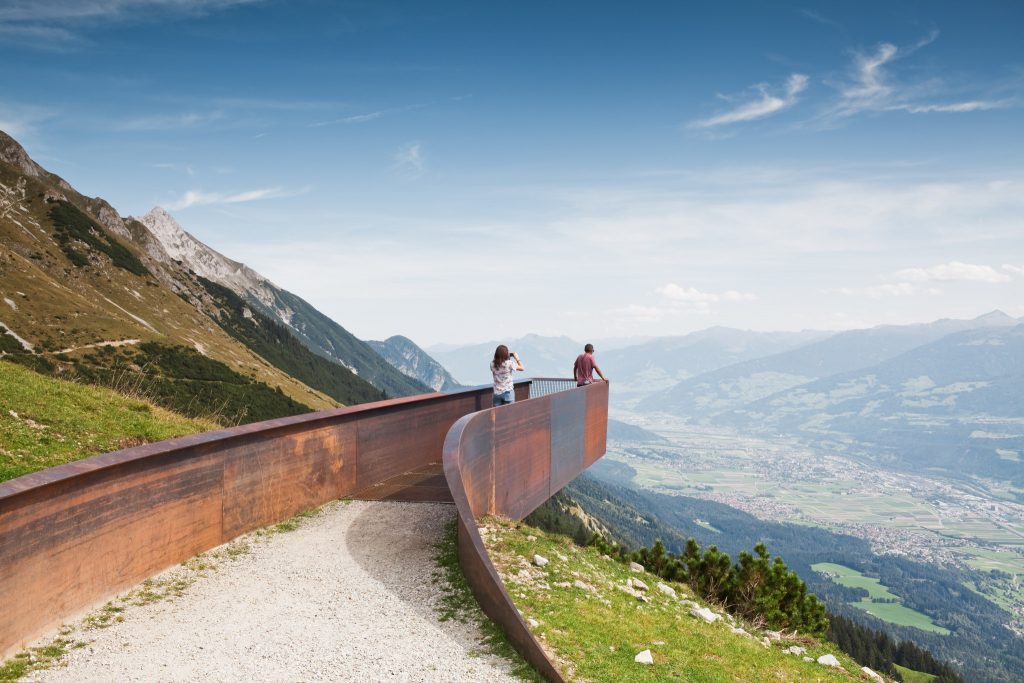
Perspektivenweg walking trail by Snøhetta. Ph: Christian Flatscher
The cantilevered viewing platform is one of the 10 architectural interventions along Perspektivenweg (German for the Path of Perspectives), the 1.7-mile panorama trail in the alpine landscape in Innsbruck’s spectacular Nordkette mountain range designed by the Norwegian studio Snøhetta.
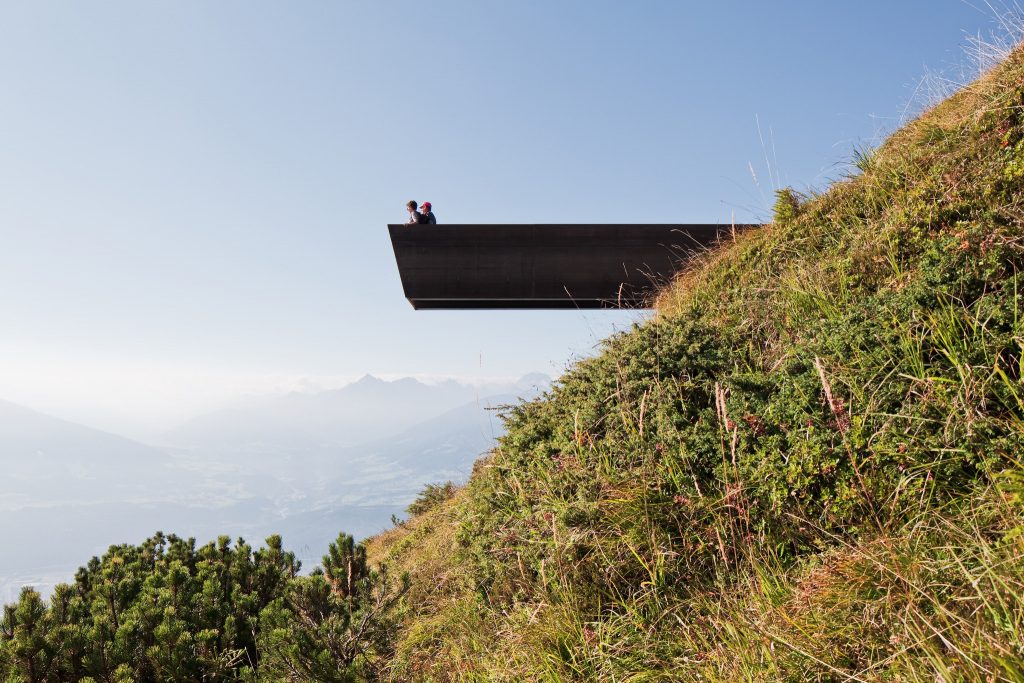
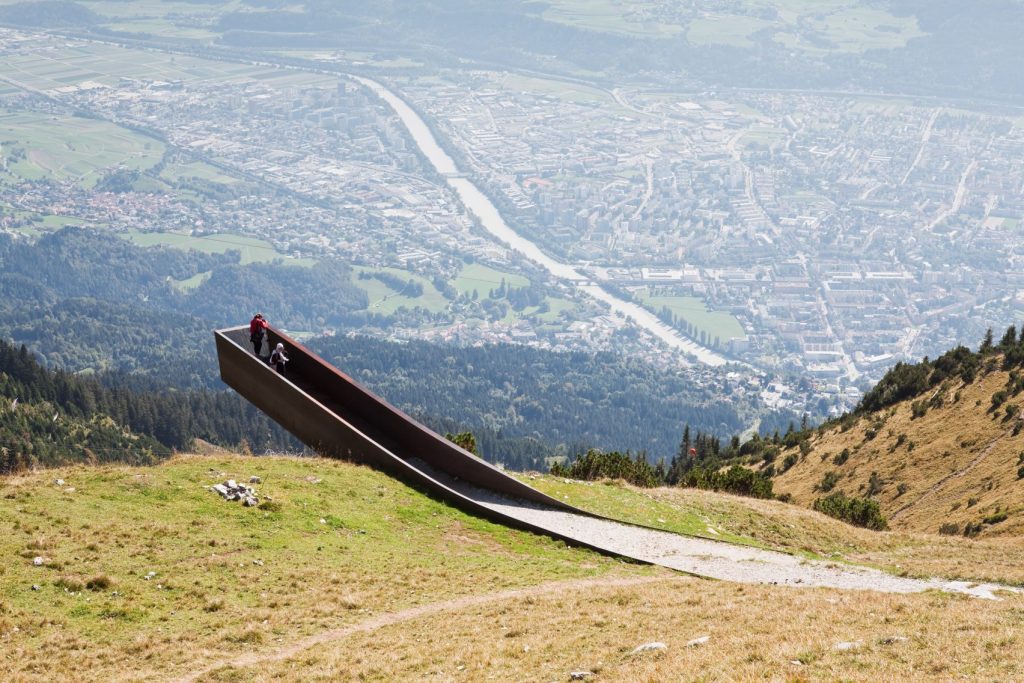
Perspektivenweg walking trail by Snøhetta. Ph: Christian Flatscher
Designed to appear growing out of the terrain, the simple cantilevered structure elegantly projects over the edge providing uninterrupted views of the Inn Valley below and emphasizing the topographical changes. Like the other elements of the Perspektivenweg, the viewpoint is made from Corten steel (a type of weathering steel), a material choice that was inspired by the methods used to build avalanche barriers in the mountain range, while the metal grate used underfoot gives a sense of levitating.

Perspektivenweg walking trail by Snøhetta. Ph: Christian Flatscher
Other elements of the Perspektivenweg include a counter allowing hikers to lean and admire their first impression of the path; wooden platforms on various levels that serve as resting spots; a set of stairs that follow the slope of the mountain and form an amphitheatre; and several benches. All structures either mark a unique point along the trail or serving as a meeting point, blending seamlessly into the surrounding landscape.

Perspektivenweg walking trail by Snøhetta. Ph: Christian Flatscher
Quotes by the Austrian philosopher Ludwig Wittgenstein are engraved on the Corten elements of the Path. According to the team, they invite visitors to take a moment and reflect both inwardly and out over the landscape, giving a dual meaning to the path of perspectives.

Bella Vista II, Dolomites UNESCO Viewpoint by Messner Architects. Ph: Oliver Jaist
The Dolomites UNESCO Viewpoint was created by the Messner Architects, an architecture practice located in Northern Italy, in order to enhance the popularity of the Dolomites, that were listed as UNESCO World Heritage Site for its aesthetic value and for the scientific importance of its geology.

Bella Vista II, Dolomites UNESCO Viewpoint by Messner Architects. Ph: Oliver Jaist
The architects were commissioned by the Fondazione Dolomiti to create architectural, landscaping and graphic standards for the site’s viewpoints. The team chose to transform the landscape rather than add discrete pieces to it and developed a raised platform which partly floats above the terrain. Made of steel, the observation point is filled with rubble from the Dolomites, blurring the borders between the structure and the context.

Bella Vista II, Dolomites UNESCO Viewpoint by Messner Architects. Ph: Oliver Jaist
A small canyon leads to a circular opening in the center of the platform, where a circular index made of stainless steel provides information about the visible summits as well as about the landscape and the geology of the Dolomites.

Camp Adventure tower by EFFEKT (also header image)
Camp Adventure’s 45-metre-tall observation tower is the culminating feature of the 900-metre-long boardwalk in the preserved forest, Gisselfeld Klosters Skove, one hour south of Copenhagen, Denmark, designed by the Danish studio Effekt. The tower and the boardwalk are seamlessly connected by a continuous ramp that makes the forest accessible to wheelchair and pushchair users.


Camp Adventure tower by EFFEKT
The structure has an hourglass profile which was chosen by the team over the typical cylindrical shape to enhance the visitor’s experience. On the one hand, this geometry defined by the changing curvature of the spiraling ramp increases stability of the tower, while on the other hand, it allows for better contact to the forest canopy.
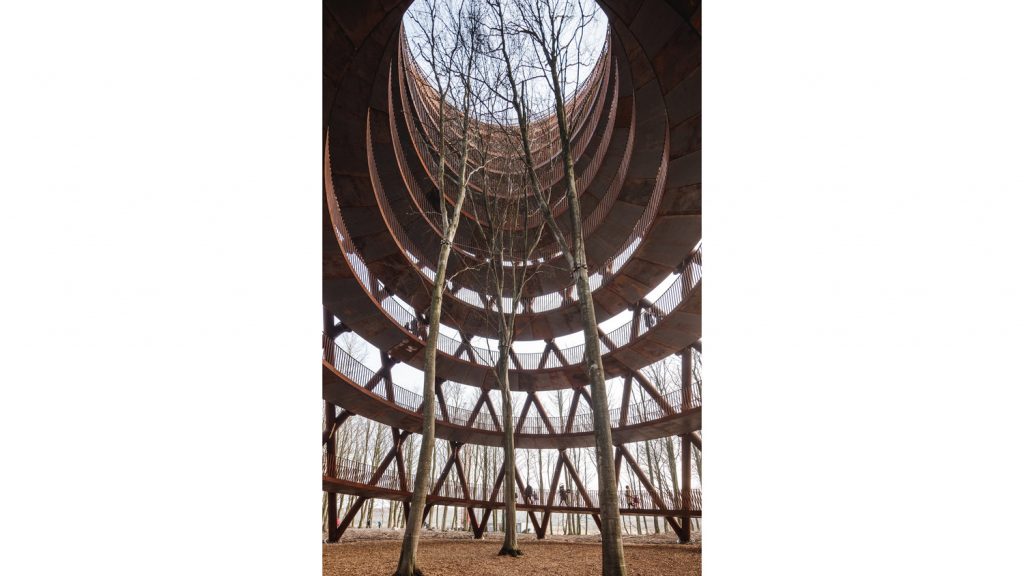
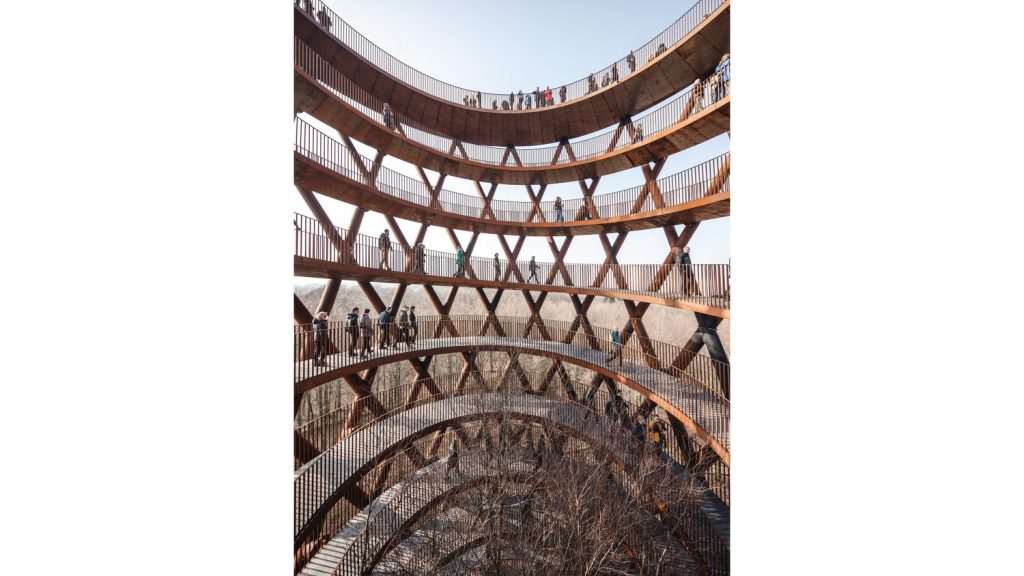
Camp Adventure tower by EFFEKT
The tower’s structural elements are made from weathering steel, which gives it a rust orange colour. Its top deck is 135 metres above sea level, making it the highest point anywhere in Zealand, according to Effekt, and offering a 360-degrees view over the natural landscape as far as Copenhagen and Malmø on a clear day.
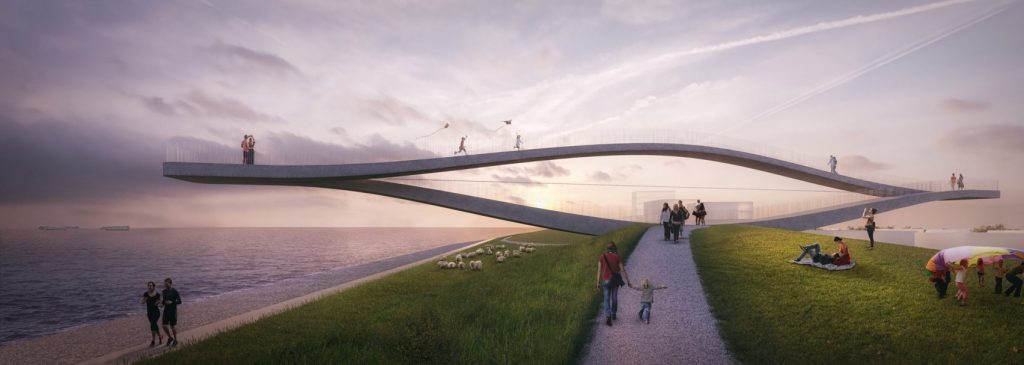
SeaSaw by MVRDV
The most recent project on the list is SeaSaw, a proposal of a wave-like viewpoint on the coast of Holland, by Dutch firm MVRDV. The special feature of this public landmark is its ability to rock like a seesaw with the changing of the tides. According to the architects, the SeaSaw is a public art installation which responds to the site’s context and history, while literally representing the dynamics of the sea.
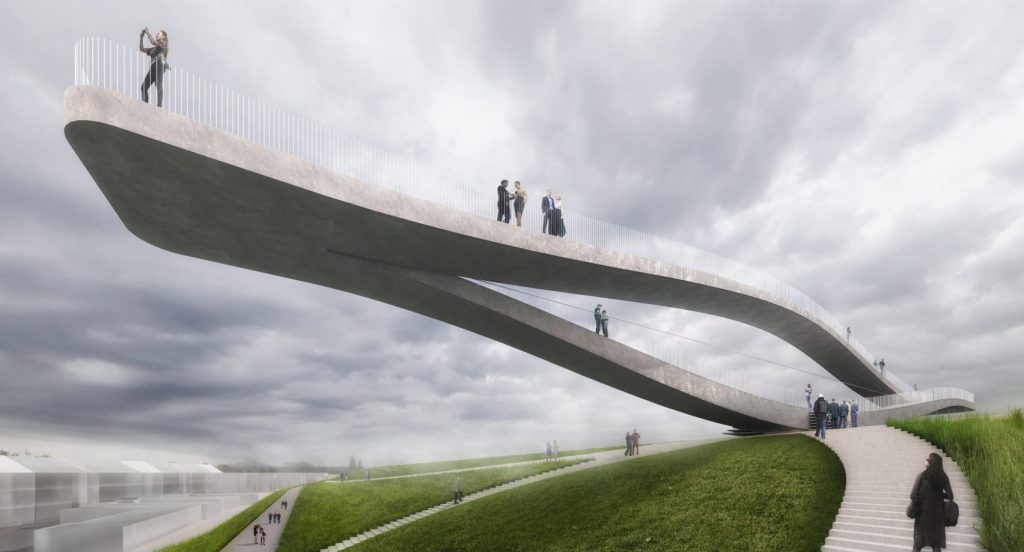
SeaSaw by MVRDV
The brief issued by the municipality of Den Helder called for a better visual connection with the Wadden Sea, which is listed as a UNESCO World Heritage site for its tidal mudflats attracting vast amounts of migrating birds each year. The view of the sea is obscured by a defensive dike that keeps flood waters at bay. The proposed walkway will cantilever from the ground in opposing directions to create a pair of landings. To visually complete the SeaSaw project, MVRDV will create a five-kilometre route for walking, cycling and hiking parallel to the dike, which the architects hope will encourage visitors to climb the barrier and enjoy different perspectives of the landscape.

SeaSaw by MVRDV
The project is set for completion in 2019, the movement still remaining in a research phase. The idea could be realized either via an electrical/mechanic system with plungers, or by literally shifting weight from one side to the other. The end of the year will see if the feature will be integrated.